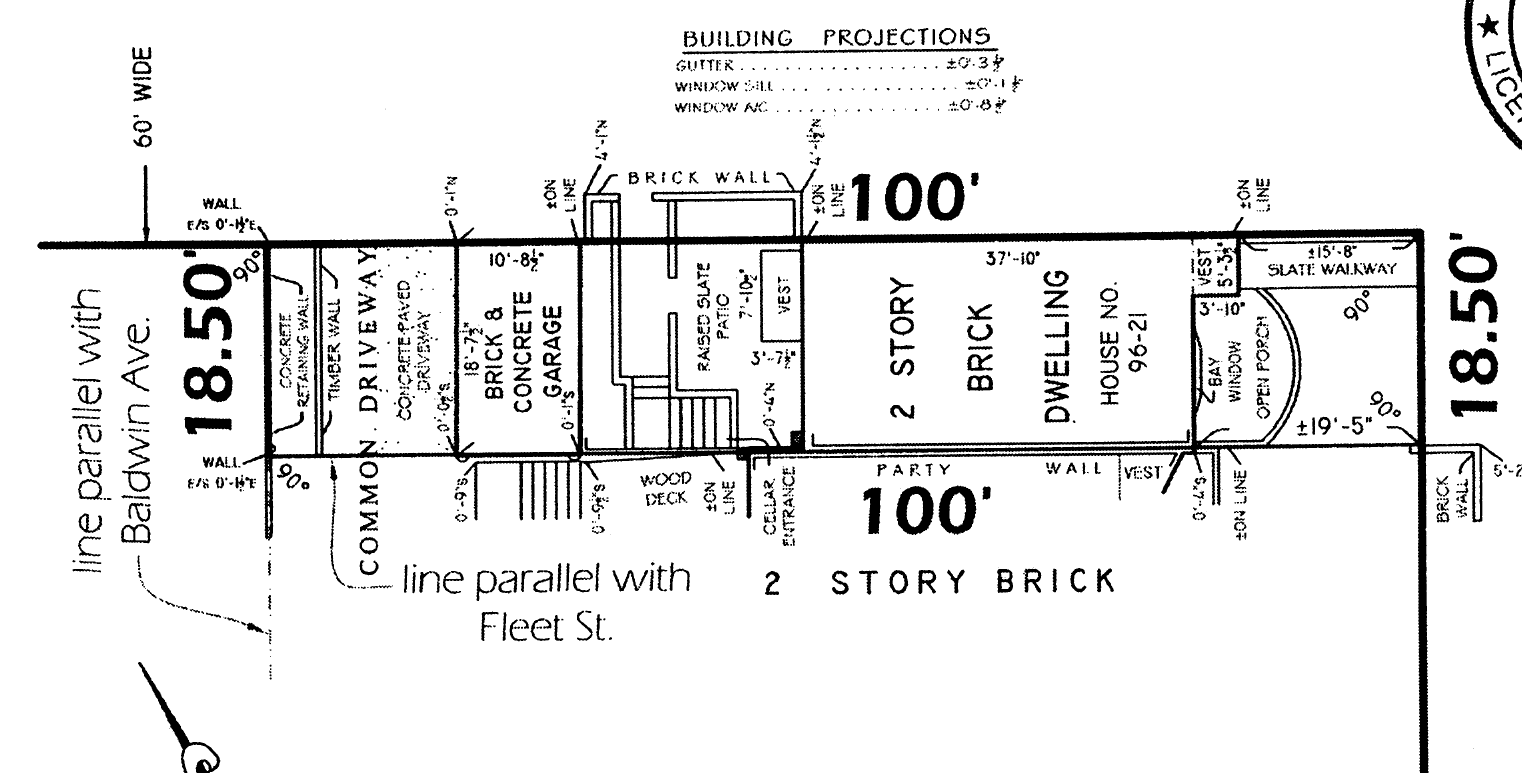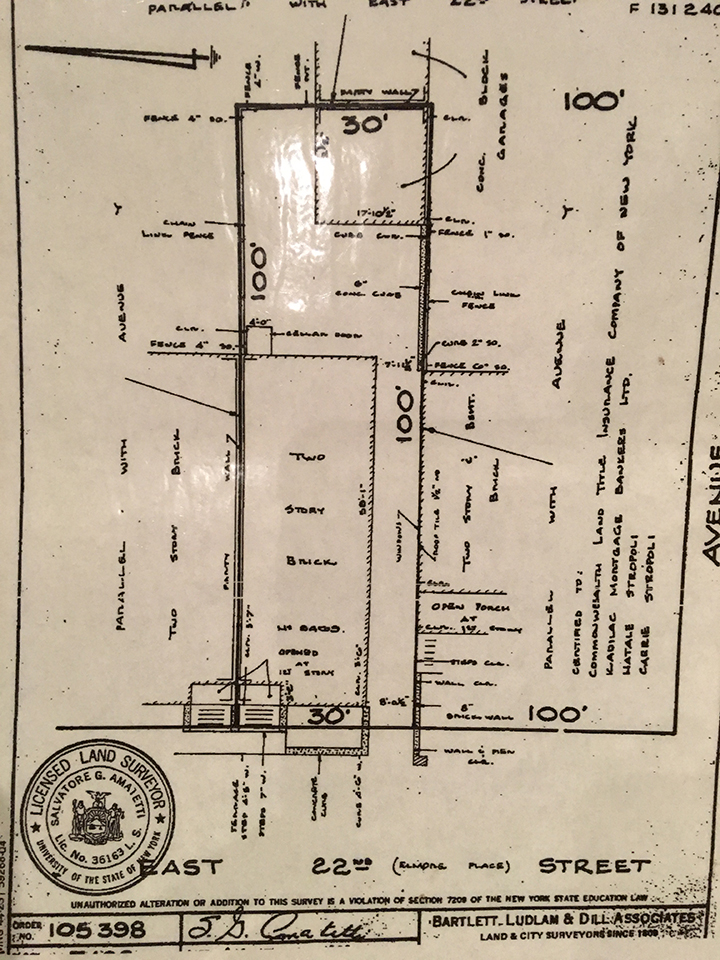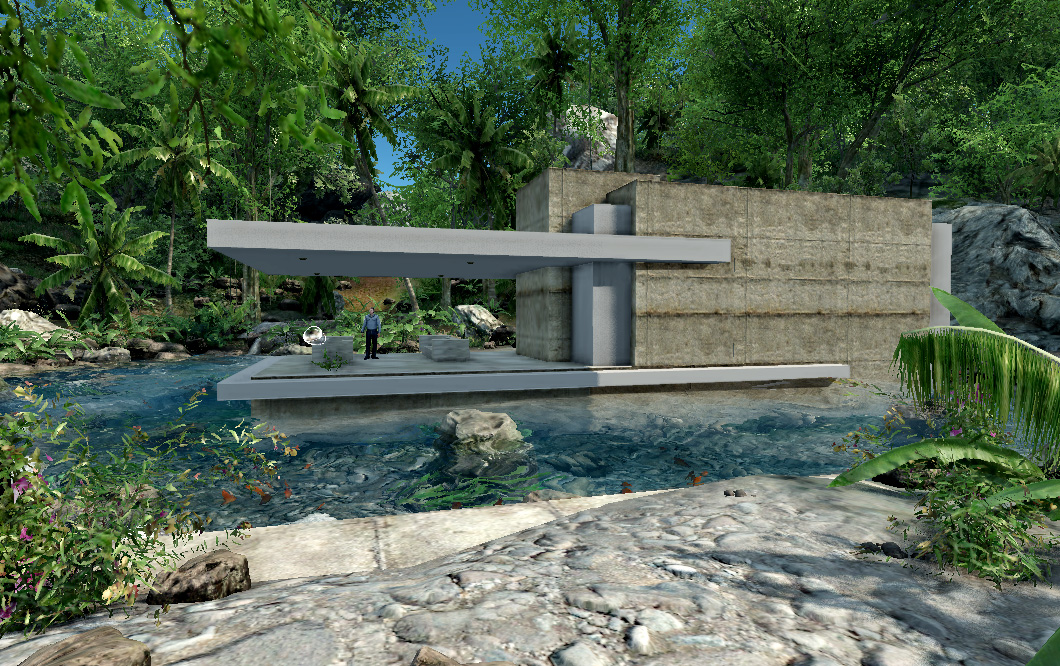This is a study of existing property configurations in order to avoid their pitfalls and problems when designing new housing.
In New York City, especially Brooklyn, we have been handed existing property sizes and residences whose layout was determined by someone in a different century. Often, as I have discovered in many renovations, the layouts are inadequate for modern living and the concepts determining building placement often leaves city streets’ character looking stressed. Inside, the kitchen and bathroom is too small, the layouts are closed consisting of small rooms, there isn’t additional half-bath or full baths for larger families, and often the bathrooms are stuffed into areas that were once closets. And outside is often completely ignored, with maybe a concrete slab and a thing loosely referred to as a fence. Setbacks not relating to anything, driveways, uprooted sidewalks, inadequate front yards all combine to leave some streets struggling to become nice enough to make its residents happy to live there.
Further, our existing structures are often inadequate, with no transfer joists around stair openings leading to sagging, rough stones used for footings leading to wall cracks, decaying mortar and brick in cellars leading to mold, inadequate ceiling heights making cellars useless, poor construction detailing around chimneys, windows, doors, coping, gutters and other areas that result in leaks and deterioration of mortar, terrible electrical and plumbing services that are costly to upgrade, no insulation in walls leading to drafts and sickness, inefficient mechanical system(s) and the list goes on.
One glaring omission in our existing housing stock is lack of earthquake protection, that is if New York City is hit with any reasonably strong tremor of 5 or more, most townhouses will collapse, which would be a human catastrophe. As an example of this vulnerability are the total collapses of several townhouses due to gas explosions in both Brooklyn and Manhattan over the last few years. This is because the existing brick party wall construction method that separate townhouses, for fire protection, also act as the primary structure by supporting the joists of every floor, and are not reinforced. It is common knowledge that brick and mortar will crumble if a lateral or upward force is exerted on it and that it is only good in compression as a structural element. This is why modern buildings use rebar within masonry, to give it flexibility and prevent the masonry from ‘cracking up.’
But despite this problem and other problems, we have adopted these structures and property layouts as our own, often with little understanding as to the pros and cons of such layouts, assumptions or configurations. It is with this in mind that SimpleTwig will analyze several common residential building dispositions in relationship to some common property sizes, listing the pros and cons of each, and a basic conclusion of how it could be better in our modern world.
It will not address ‘street wall composition’, meaning that each house is part of a larger composition of the street, which can contribute to define the character of a neighborhood and community, so thus we will approach this analysis from a very basic level of understanding and address those basic concepts and assumptions.
Note: This study has a larger purpose, to determine what qualities residential housing should embrace, and what qualities it should avoid. It is clear to this Architect that there is little understanding of both historical layouts which are abundant in Brooklyn, or of their own layouts and the ramifications they thrust upon a neighborhood and community.
Basic ‘Street’ Property Example, The 20′ x 100′ Lot:
Basic ‘Avenue’ Property Example:
Alternatives/Variations Lot Examples:


Example 2, Semi-attached Residence with Driveway/Garage: 30′ x 100′ property with driveway and back of lot garage. In this example the driveway is completely within the property line (not shared with a neighbor). The result is most open space land is devoted to a vehicle leaving little for recreation or a garden. As one can see the adjacent property above this lot has a garage. This often creates a gap between the garage walls, and in the case where one garage fails due to lack of maintenance can affect the other garage.
Cons: While in this example having an off-street parking space is not ideal as the driveway and garage absorbs most of the available land, resulting in little recreation outdoor space and an extra burden on rain water collection. One should note that driveways that are often only 8 feet wide, sometimes 10 feet wide, do not allow a vehicle to park since the door can not be opened and the driver/passengers would not be able to exit, this problem exasperated by handicap requirements.
Pro: The advantage, for the city and other residents, is that with a 30′ wide lot that has a curb cut, there is still 20′ on the street making available one parking space.
Con: Understanding that the above does not work with some lots in the city when they have a curb cut for one residence, who can eliminate all parking on the street if the lot is too narrow and the adjacent properties also have curb cuts and thus leave too little space available for a vehicle to park, which could block the driveway and cause having that vehicle towed (noting that curb cuts are generally allowed via the NYC Zoning Resolution to reduce the burden and demand of on-street parking spaces).
Con: That some people who might have a curb cut and driveway may not have a vehicle, and thus are eliminating street parking for no benefit to the city.
Con: The driveway is a security breach point into the property, which criminals who want to stay out of sight when breaking in do prefer.
Conclusion: It is our conclusion that while having off-street parking is an advantage most people would like if they own a vehicle (no parking tickets, security of vehicle, weather protection of vehicle, less use of vehicle resulting savings in fuel and maintenance), and, it reduces road congestion for the city, the sacrifice of land for a long driveway as indicated in this example suggests this is not a good layout.

The other factor which the designer of this lot did not account for is the shape of the residence, that while having a driveway allows the side of the residence to have windows (meaning 3 sides of the residence has windows, a clear advantage), those windows often stay covered up for privacy considering the close proximity to the neighbors. Further, the residence could be 30 feet wide on both the front and rear, allowing for a much larger rear yard, allowing good lighting and ventilation to the interior (in fact better cross-ventilation) and, blocking access to the rear yard by strangers.
So in the case of a 30×100 foot property, it is our recommendation to maintain a fully attached residence on both sides, integrating a garage within the structure if it is desired (thus eliminating all the asphalt), having a much larger rear yard in a shape that isn’t compromised by the garage structure, and if desired creating an internal courtyard to bring in more lighting within the home.

Fascinating recommendation. Thank you for sharing.